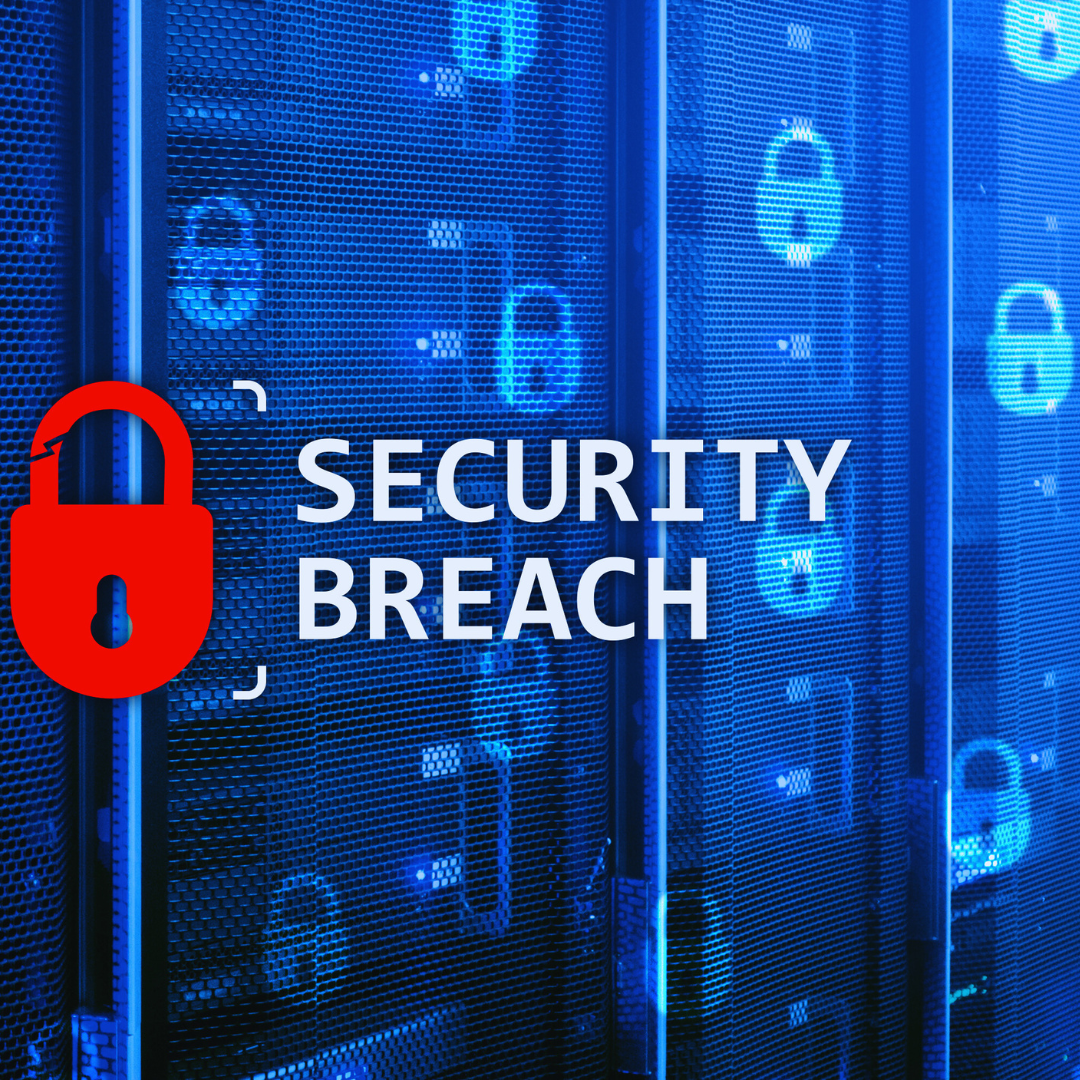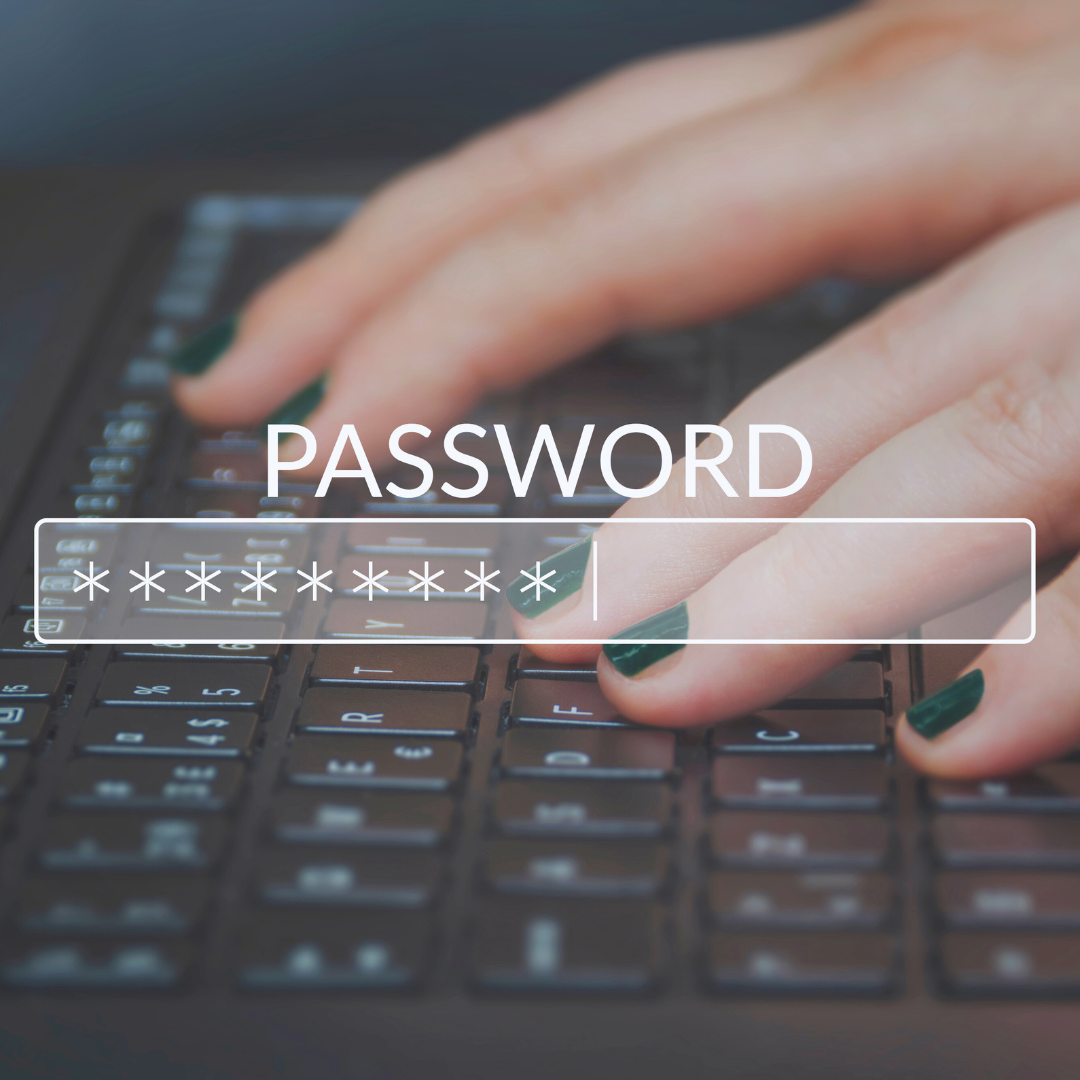A data breach can feel overwhelming, leaving individuals unsure of what steps to take next. Acting quickly is essential; first, they should change passwords for affected accounts and enable two-factor authentication where available. This immediate action helps protect personal information from further compromise.
It is also critical to monitor financial statements for unusual activity. Reporting the breach to relevant authorities or credit agencies can provide additional layers of security. Taking these prompt actions can significantly reduce the risk of identity theft and further complications.
Staying informed about developments related to the breach is vital. Regularly updating security measures and being aware of potential phishing attempts can aid in safeguarding data in the future. These proactive steps empower individuals to regain control over their sensitive information.
Immediate Steps to Take After a Data Breach
In the event of a data breach, prompt action is essential. Identifying the source of the breach, changing compromised passwords, and notifying financial institutions can significantly mitigate risks.
Identify the Breach Source
The first step is to determine how the breach occurred. This may involve reviewing access logs, identifying unusual activity, or using security software to scan for vulnerabilities.
Knowing whether the breach is due to a phishing attack, malware, or weak security practices helps in assessing the extent of the damage. He or she should document the findings, as this information will aid in future prevention strategies.
If unauthorised access to systems is detected, disconnect devices from the internet immediately. This action can prevent further data theft. Engaging a cybersecurity professional for more complex breaches might also be necessary.
Change Compromised Passwords
Once the breach source is identified, changing compromised passwords should be the next priority. This includes not just the account affected but also related accounts that may use similar credentials.
It is advisable to create strong, unique passwords incorporating a mix of letters, numbers, and special characters. Enabling two-factor authentication on all accounts adds an extra layer of security.
He or she should also use a password manager to help generate and store these complex passwords safely. Avoid sharing passwords with others and refrain from using public Wi-Fi when accessing sensitive information to further protect accounts.
Notify Financial Institutions
Contacting relevant financial institutions is crucial when sensitive financial information has been compromised. He or she should inform their bank or credit card company about the breach, especially if credit card numbers may have been exposed.
These institutions can monitor accounts for unauthorised transactions and may offer additional security measures. If there are signs of fraudulent activity, it may also be possible to freeze accounts or issue new cards to prevent loss.
In addition, he or she should consider placing a fraud alert on credit reports. This step can help safeguard against identity theft by signalling to creditors to take extra precautions before opening new accounts.
Securing Your Information and Accounts
After a data breach, it is crucial to implement strong security measures to protect personal and financial information. The following guidelines address monitoring, alerts, and additional steps to secure accounts effectively.
Monitor Your Credit Report
Regularly checking your credit report is vital after a breach. Individuals should obtain copies from all three major credit reporting agencies: Experian, TransUnion, and Equifax. Each agency is required to provide one free report annually.
Monitoring may reveal signs of identity theft, such as unfamiliar accounts or inquiries. Enrol in credit monitoring services if possible. These services track changes and alert users to suspicious activities.
Most credit bureaus offer this service for an additional fee, and users should weigh the costs against potential financial risks.
Set Up Fraud Alerts
Creating fraud alerts is an effective way to protect against identity theft. Individuals can request alerts from any of the credit bureaus. A fraud alert notifies creditors to take extra steps to verify identity before issuing credit.
An initial fraud alert lasts for 90 days but can be renewed. Victims of identity theft can place an extended fraud alert, which lasts for seven years. Setting up an alert is free and can be easily managed online.
This service is beneficial for anyone who feels their information has been compromised. It provides an extra layer of security when applying for loans or accounts.
Freeze Your Credit File
A credit freeze is another powerful security measure. This restricts access to credit reports, making it difficult for identity thieves to open accounts in the victim’s name.
Placing a freeze on a credit file is free and can be done through each credit bureau’s website or by phone.
Individuals must provide personal information to verify identity, including Social Security number and addresses. Once a freeze is in place, users receive unique PINs or passwords to manage it.
Temporary lifts can also be arranged if credit is needed, without fully removing the freeze.
Enable Two-Factor Authentication
Two-factor authentication (2FA) adds an essential layer of security to online accounts. This requires not only a password but also a second form of verification, such as a code sent to a mobile device.
Many websites and services offer 2FA. It is particularly important for banking and email accounts, as these contain sensitive information.
Users should enable 2FA wherever possible. Strong passwords, combined with 2FA, significantly decrease the risk of unauthorised access.
Individuals should choose authentication methods they can access easily and securely. Regularly updating passwords further enhances security.
Preventing Further Damage and Identity Theft
Taking immediate steps after a data breach can significantly mitigate the risks of further damage and identity theft. It is crucial to report the incident, remain vigilant against scams, and protect personal information.
Report to Authorities
Reporting the breach is an essential step. Individuals should contact the Federal Trade Commission (FTC) to file an identity theft report. This document serves as a record of the breach and assists victims in disputing fraudulent accounts.
Additionally, notifying local law enforcement is advisable. A police report adds another layer of protection and can help in any future disputes. Keep copies of all documentation, as they may be needed when contacting financial institutions or credit bureaus.
Be Alert for Phishing Scams
After a data breach, individuals are at increased risk of phishing emails and social engineering attempts. Cybercriminals often exploit these situations, posing as legitimate institutions to extract further personal information.
It is crucial for individuals to scrutinise unsolicited communications. Legitimate organisations typically do not request sensitive information via email. Look for inconsistencies in email addresses, grammar, and requests for unusual actions. If in doubt, contact the institution directly using official contact details.
Protect Confidential Data
Safeguarding personal information is paramount to prevent identity fraud. Individuals should change passwords for online accounts, making them complex and unique. It is advisable to implement two-factor authentication wherever possible.
Furthermore, keep an eye on financial statements and credit reports for any suspicious activity. Using services that monitor credit can provide early warnings of identity theft. Be cautious about sharing any confidential information and regularly update software to enhance cybersecurity.
Long-Term Protection and Recovery
Establishing long-term protection and effective recovery methods is essential after a data breach. Continuous vigilance, improvement of data security measures, and addressing any resulting financial issues can mitigate future risks.
Regularly Review Account Activity
Regular monitoring of account activity helps identify any unusual behaviour promptly. Users should log into their accounts frequently and check for unexpected transactions or changes, especially for sensitive information linked to financial institutions or social media platforms.
Set up alerts on accounts to notify when transactions occur. These alerts enable individuals to react quickly to unauthorised access. It is advisable to conduct periodic credit report checks to spot any fraudulent accounts or discrepancies.
Employing tools that provide a comprehensive overview of account activity enhances security awareness. Consider using identity theft protection services that can notify users of potential threats in real time.
Enhance Data Protection Practices
Enhancing data protection measures is crucial for long-term security. Individuals should adopt strong, unique passwords for each account and enable two-factor authentication wherever possible. Password managers can help generate and store complex passwords securely.
Regular software updates are vital to protect against malware and vulnerabilities. Keeping operating systems, applications, and antivirus software current reduces the risk of exploitation through outdated systems.
Educating oneself about phishing attempts and other social engineering tactics is essential. Recognising suspicious emails or links can prevent falling victim to further attacks.
Address Financial Loss and Discrimination
Addressing financial loss involves immediate action to mitigate damage. If financial accounts have been compromised, users should contact their banks or financial institutions to report fraudulent activities. They may need to freeze or close accounts as a precautionary step.
In addition to financial institutions, notifying credit bureaus to place fraud alerts on credit reports is important. This action can help prevent identity theft and restrict new account openings in the individual’s name.
If discrimination arises due to a breach, such as in employment scenarios, it may be necessary to seek legal counsel. Understanding rights regarding personal information can aid in navigating these situations effectively.




